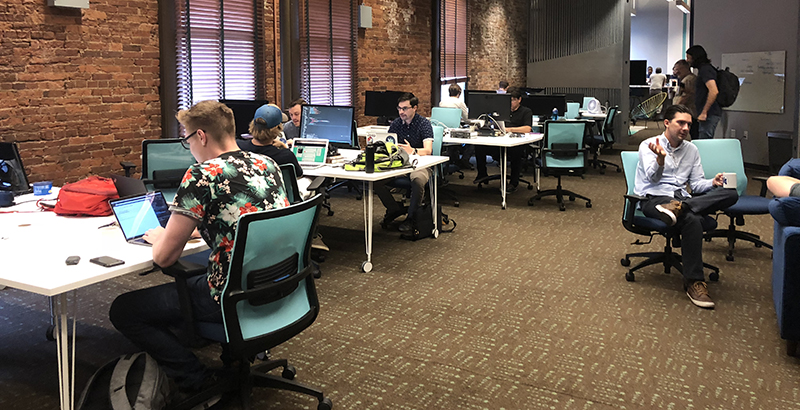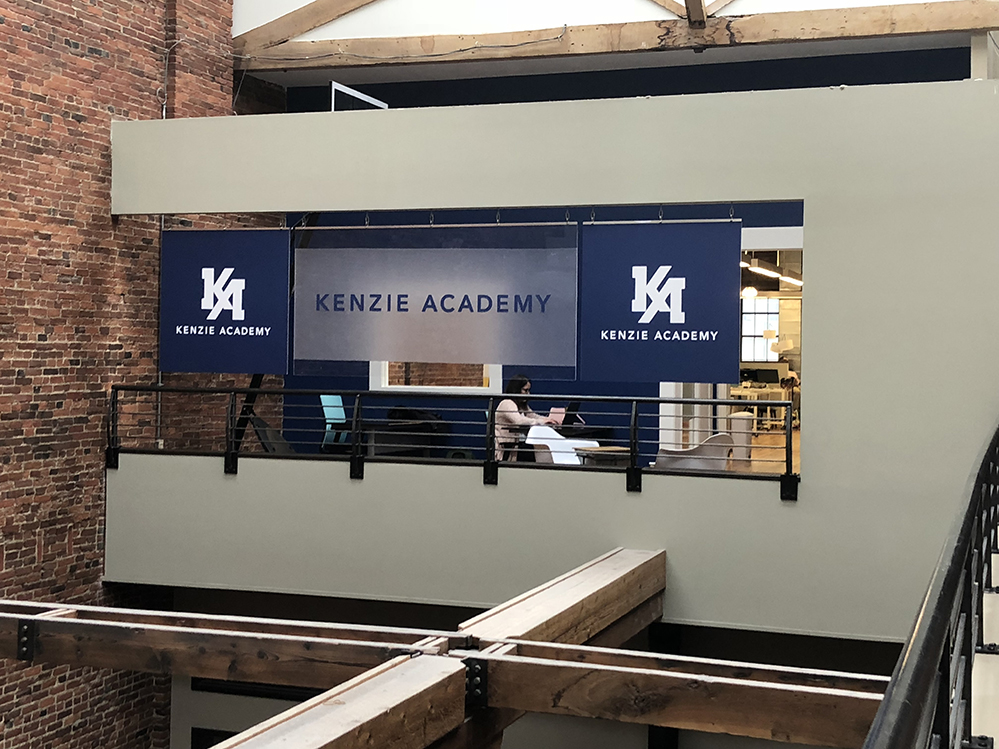Bailey: Income Share Agreements Are an Innovative Way of Financing Tuition — and an Investment in the Workplace of Tomorrow

The evolving nature of work requires that we also evolve our system of training individuals for the jobs of today and tomorrow, and rethink the way we provide financial support. Income Share Agreements are a compelling financial innovation offering a solution for the students these new models serve.
The changing nature of work is providing both the fastest job growth and income gains to those with higher levels of skills and education. According to the U.S. Department of Labor, more than 6.5 million jobs remain unfilled because employers can’t find workers with the necessary skills. This gap is likely to widen as automation reshapes some jobs, eliminates others, and creates new jobs in new industries.
Closing the skills gap requires not only strengthening existing pathways in education and workforce development, but also supporting new emerging models that don’t neatly fit any of the categories we’ve used in the past. One example is a group of schools that take the best of coding boot camps, combine it with the “learning by working” that occurs in apprenticeships, and finance it using innovative ISAs.
One example is the Holberton School (named after Betty Holberton, one of the first programmers of Electronic Numerical Integrator And Computer — ENIAC), which offers a two-year program based in San Francisco that trains individuals to become full stack software engineers, a position that requires understanding databases, user interfaces, software design, security, and quality assurance, among other skills. Students range in age from 18 to 58, and more than half are people of color. They learn through projects with guest lectures from practicing coders, UX (user experience) designers, and data scientists. Based on employer reaction, the model works. “Holberton is producing remarkable, Ivy League-caliber graduates without the costs, the time, or the prerequisites,” says Jeff Weiner, CEO of LinkedIn.
In September, I had the opportunity to visit Kenzie Academy, which takes this approach one step further. Co-founder and CEO Chok Ooi previously served as CEO of AgilityIO, a technology consulting company. Convinced that technology apprenticeships could work not only in Silicon Valley and New York but also in the heartland, he launched Kenzie in Indianapolis with an initial offering of courses in coding and computer science. But he coupled those courses with on-the-job learning through paid apprenticeships, closing the gap between school and employment.
There is no tuition charge at Holberton or Kenzie until the graduate secures a job. Instead, these programs use ISAs that give the student private funds to pay for the program in exchange for a percentage of his or her future earnings for a set period after graduation. If student loans are debt financing, ISAs are equity investing.
ISA repayments rise and fall depending on students’ income during the repayment period, making them responsive not just to changing economic conditions but also to changing circumstances in life. Manhattan Institute scholar Beth Akers argues that ISAs “provide an elegant solution … by allowing students to access their future earnings and simultaneously providing insurance against bad financial outcomes.” Payments are deferred when someone drops out of the workforce for reasons like raising kids, attending another full-time education program, or losing a job.
ISAs have other advantages over traditional student loans, one of the primary benefits being that ISAs align the entire system toward quality without heavy-handed regulation. Institutions offerings ISAs have skin in the game, as they bear the risk if a student doesn’t complete or doesn’t secure a good-paying job. Since repayment is based on the graduate’s salary, institutions have an incentive to ensure their programs meet employer expectations, that students complete the program, and that they are placed in the highest-paying job possible. All this aligns the program around the needs of both the student and employers — a feature missing from most student financial aid programs.

Take, for example, how ISAs are used at Kenzie. The first year of training costs $24,000. After that, students work at the academy’s consulting arm, Kenzie Studio, where the consulting contracts help defray tuition costs while providing on-the-job learning. Tuition for year two is completely covered through revenue from Kenzie Studio. In total, the two-year program has a $48,000 value but is delivered to students for $24,000. Those costs are covered using an ISA that requires students to pay 17.5 percent of their earned income for a fixed amount of time after graduation.
ISAs are making their way into traditional higher education as well. Purdue University in Indiana led the trend in 2016, with its Back a Boiler program, which covers average fees of $12,000. Most students are expected to repay 1.67 times the amount of the original ISA, but those who earn less than $20,000 a year won’t be expected to repay anything. Other schools, such as Clarkson University in New York and Lackawanna College in Pennsylvania, are considering similar options for their students.
ISAs could also become what Michael Horn, co-founder of and a distinguished fellow at the Clayton Christensen Institute for Disruptive Innovation, has called “renewable learning funds” that leverage investments in workforce development to create evergreen funds that can fund future adult learners to get the training they need. One can imagine employers using this structure for workforce training or philanthropies using it to offer low-income students assistance to attend school.
Regulatory uncertainty is the primary reason that ISAs have not been used more broadly. Fortunately, Republican Sens. Marco Rubio and Todd Young have proposed legislation that would designate a federal regulator and require certain consumer protections on ISAs to qualify for safe harbor, or shield from certain consumer-protection lawsuits. It also would require ISA recipients to be presented with the terms of a comparable loan.
ISAs are a powerful policy solution for financing education and training. They not only can help support new models that fall outside the traditional higher education financial aid system, but also help to offer alternative financing options for existing higher education students.
John Bailey is a visiting fellow at the American Enterprise Institute, a Walton Family Foundation adviser, and a former White House domestic policy adviser.
Disclosure: The Walton Family Foundation provides financial support to The 74.
Get stories like these delivered straight to your inbox. Sign up for The 74 Newsletter

;)
